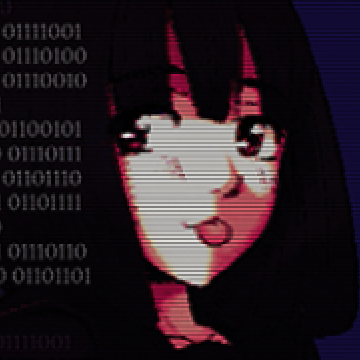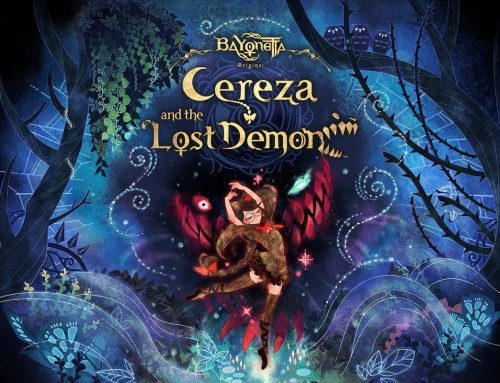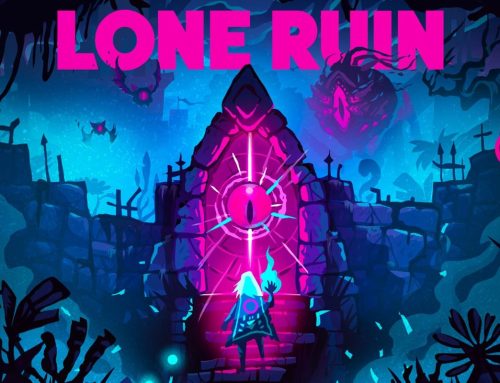Somewhere around 33 years ago, renowned creator of the Game Boy, Gunpei Yokoi, approached Yoshio Sakamoto, best known for his work with the Metroid franchise, to create a game with only a title as a suggestion. The title was “Famicom Shōnen Tanteidan” (Famicom Youth Detective Club) and it was to be developed for the Famicom Disk System exclusively in Japan. Drawing inspiration from horror films by Dario Argenta and 1983’s The Portopia Serial Murder Case, the project eventually manifested into two titles under the Famicom Detective Club banner; The Missing Heir and The Girl Who Stands Behind. Now they’ve been remade especially for the Nintendo Switch by esteemed visual novel studio Mages and localised officially into English for the first time. Do they hold up with the times, or fall behind their contemporary successors?
Famicom Detective Club: The Missing Heir & The Girl Who Stands Behind
Nintendo Switch
Developed by Nintendo/Mages
Published by Nintendo
Released: 14th May 2021
Digital copy provided by Nintendo UK

I believe it’s best to actually start with the absolutely superb presentation, with slick 2D illustrations that animate so fluidly despite being relatively static on-screen. Everyone bobs subtly as if they’re actually breathing and make little motions depending on the context, like shaking their head. Not everything is completely smooth, as some animations will “snap” into another position transitioning between two poses, but many animations are alarmingly well animated for a system made entirely out of 2D illustrations. The actual setpieces are also well constructed, and some scenes will sometimes shift to more dramatic angles, so you aren’t always just looking at the person you’re engaging in conversation with. The artwork is exceptionally well composed, feeling very real in some scenes. Menus are very simple black boxes with art deco white outlines which serve their purpose well as simple and unobtrusive. It gives the games a vintage feel, which is appropriate seeing as they are both presumably set in the ’80s, which was current at the time of the original titles’ releases.
Moving onto the gameplay, Famicom Detective Club follows a very retro adventure game style, with a menu to flit between different options such as “examine” or “talk”. Various options in the menu are gradually added after engaging in certain tasks, like talking to someone that opens up a new conversation subject that brings up a new location to visit, or highlights an object to examine. It does take after the original Famicom game significantly with no divergences, so many expected features of more modern adventure games aren’t present.

You may find yourself having to select conversation topics you’ve already made in order to advance the story, as the game only chooses to highlight new topics as they appear rather than updating ones that have new details added to them. As such, you’ll likely find yourself exhausting all possibilities before a new option presents itself. Likewise, you might think you’ve run out of options when no new ones show up, leading to what appear to be dead ends. While few in numbers, these situations are still relatively obnoxious when you’re simply trying to move forward. Persevere through though, as you may have missed a dialogue choice or not examined something that does advance things forward.
When examining objects, a cursor appears that you move around the screen to highlight areas of interest. The cursor has three speeds, the normal speed when using the left stick, a fine-tuning slow option with the dpad, and a fast motion when you click down the left stick. The default move speed is a bit slow, so most sweeping motions will be done holding down the stick. There is a shocking amount of dialogue for objects in each area, as everyone has narration to accompany them, no matter how insignificant. There are even some funny little easter eggs from time to time for examining certain objects that are otherwise hidden.

As this is a series with “detective” in their titles, you will gather a bunch of investigation notes which can be accessed in a menu by pressing + at any time, which is also where the options, load, save and exiting to the title screen lie too. In your notes there is a record of various people, places and clues gathered throughout your investigations. These prove crucial to solving the various mysteries across both games. One thing to note, the “Quit investigation” option is actually the save game function, just to let you know in case it causes you any confusion. It doesn’t even quit out of the game either.
Now, despite being more than three decades old, both titles do have very in-depth mystery stories to be told. The first game, The Missing Heir, is about the mysterious circumstances surrounding the death of the head of the Ayashiro family, the legend of the Ayashiro family curse, and the curious case of the rightful heir to the Ayashiro Corporation having vanished many years ago. The second game is a prequel set two years prior, The Girl Who Stands Behind, and follows the events of the murder of a schoolgirl, a peculiar unsolved murder from fifteen years ago, and the frightening rumour among the halls of Ushimitsu High School of a blood-soaked girl who calls out to people from behind.

Despite the legacy styled gameplay, the actual stories to these two games still holds up even after all these years. They’ve no doubt been fleshed out somewhat with expanded dialogue, though direct comparison to the Famicom originals would prove difficult without extensive knowledge of Japanese, but the actual core to the narrative is still compelling to this day. The actual mysteries at play here are engaging and know how to keep a player intrigued, curious to learn more about the bizarre events that pass, escalating as you progress as breadcrumbs are dropped leading to the truth. It is immensely satisfying to be drip-fed bits of seemingly unrelated information gradually before they all eventually start fitting together like pieces of a jigsaw puzzle.
The audio side of things is also worth mentioning. Despite being fully localised into English, Japanese voices are your only option. Though this aids with the presentation as every single spoken line is synced to a character’s lip flaps, which would have no doubt been a lot of work to do again for English dialogue. It can also assist in immersion into the world, as it is all set in 1980’s Japan. Some lines of dialogue are abruptly cut off right as they’re ending though, rather than naturally drawing their conclusion, which is a little jarring. This is most noticeable with headphones on, so might not be too much of a worry if you’re playing through your TV’s speakers.

As a really cool feature, you get the option to use the original Famicom soundtrack, and with The Girl Who Stands Behind, Super Famicom too, which is a neat touch for anyone who happens to be nostalgic for the original (though that’s highly unlikely here in the west, unlike in Japan), but still serves as a nice bonus for anyone keen on gaming history. It can be worth switching over to the retro soundtracks every now and then to compare each version of the tracks. While they have tried to remedy the small selection of songs originally available with various alternate arrangements, there is still an overall lack of songs with the same tracks playing in many scenes. There are often times where some music stings, particularly the “discovery” jingles, feel rather out of place for a modern title. They haven’t been well adjusted for contemporary situations, so they stand out as distinctively retro despite the rest of the efforts of modernising the games.
The standout winner between the two would probably be The Girl Who Stands Behind. It has more fleshed out gameplay, dialogue and music, no doubt seeing as the original dev team had found their footing after the first title, not to mention it being based on the Super Famicom remake for the most part. It generally has better conversation flow, with more hints towards which dialogue options you should consider taking next, though you are still likely to engage in trial and error from time to time. If you’re on the fence about which one to play, start with this one. While North American and Japanese players have the choice of which one they buy, this unfortunately isn’t the case for European players where they were both bundled together as a single purchase, which is a rather strange decision on Nintendo of Europe’s behalf.

All in all, Famicom Detective Club is an exceptionally interesting look into a piece of almost forgotten Nintendo history that holds up surprisingly well. While there are grievances over some dated mechanics, due in part to how faithfully they’ve been remade, the actual writing and presentation certainly carry the experience and make them noteworthy entries to the Switch library. The purely visual novel adventure game premise will likely not be to everyone’s tastes though. Nonetheless, it is certainly a promising look to the future if Nintendo was willing to give this long lost series another chance and I do so hope it leads to another game to whet our appetites, perhaps relinquishing the actually lost to time Satellaview entry from its purgatory.
Final rating – 4 out of 5
Famicom Detective Club: The Missing Heir & The Girl Who Stands Behind are available now for Nintendo Switch.

Long time fan of Nintendo and games in general, I always lean on the quirkier and unique sides of things in particular. It all started when I was lucky enough to get a Gameboy Color and Pokemon Yellow for my tenth birthday and it’s been going strong ever since. I’ve always had a need to get my voice heard and share anything I find interesting with the world.












Leave A Comment
You must be logged in to post a comment.